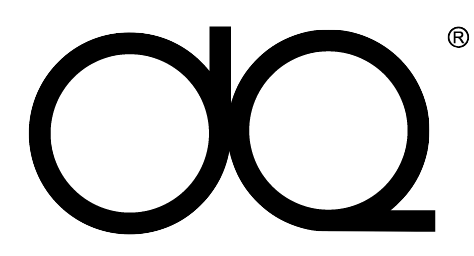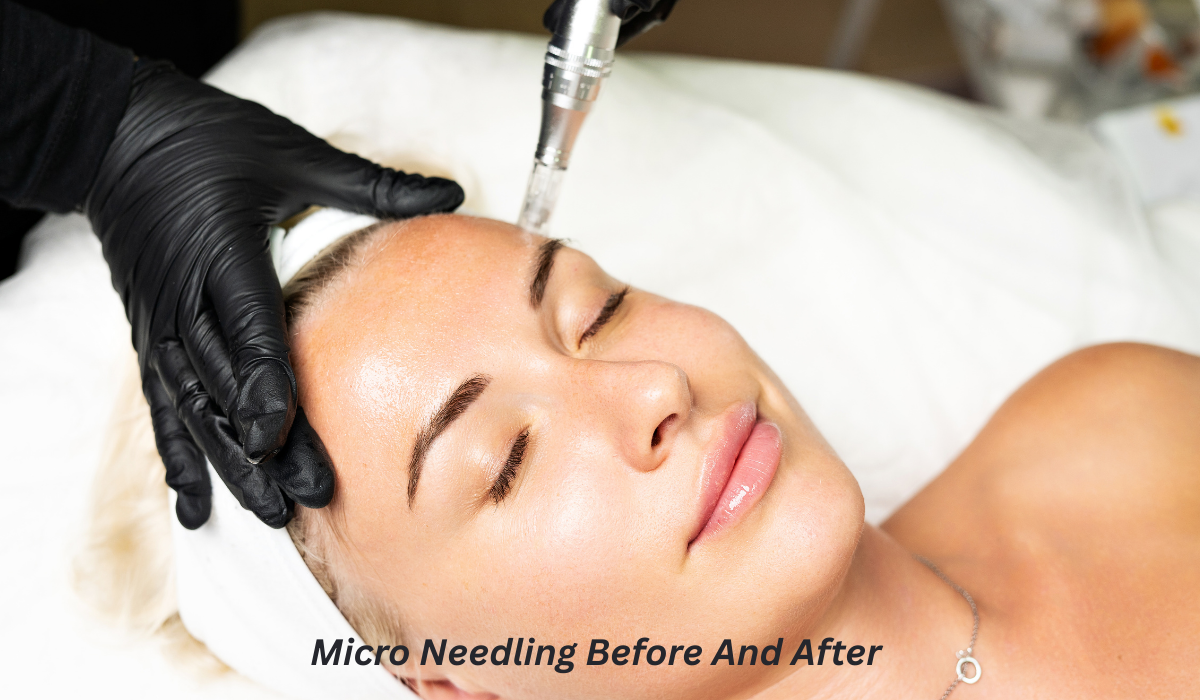Skin Healing Journey: Micro Needling Before And After
Out of all the advancements in non-surgical dermatology, few treatments are as versatile and fundamentally transformative as micro needling. This minimally invasive procedure has surged in popularity for its remarkable ability to address a wide array of skin concerns by leveraging the body’s innate healing capabilities. To fully appreciate its benefits, it is essential to understand precisely what the procedure entails, identify which skin types are ideal candidates, and set realistic expectations for the journey from the initial treatment to the final, visible results.
What is Micro Needling?
At its core, micro needling is a collagen induction therapy. It involves the use of a specialized device, either a manual derma roller or, more commonly in clinical settings, a precision electric pen tipped with fine, sterile, medical-grade needles. This instrument is glided over the skin, creating thousands of microscopic, controlled channels through the epidermis and into the dermis. It is crucial to distinguish these micro-injuries from actual wounds; they are precisely calibrated to trigger the body’s natural wound-healing processes without causing significant damage or scarring. This deliberate stimulation is the catalyst for the entire treatment’s efficacy. The body responds to this controlled trauma by flooding the area with growth factors, triggering a massive production of fresh collagen and elastin—the two essential structural proteins responsible for skin’s strength, elasticity, and youthful plumpness. As this new tissue forms over the following weeks, it effectively remodels the skin from within, smoothing, tightening, and rejuvenating its appearance. A significant advantage of this method is that it also greatly enhances the skin’s absorption of topical serums, allowing potent active ingredients to penetrate deeply and work more effectively.
What Skin Types are Suitable for Micro Needling?
One of micro needling’s greatest strengths is its remarkable suitability for a vast range of skin types and tones, including those often sensitive to other treatments like laser therapy. Unlike many laser procedures which carry a risk of hyperpigmentation or hypopigmentation for darker skin tones (Fitzpatrick IV-VI), micro needling is considered a safe and effective option because it does not target melanin or involve heat, thereby minimizing this risk. This makes it an invaluable tool for individuals with melanin-rich skin seeking rejuvenation without compromising their complexion. The procedure is renowned for its effectiveness in treating acne scars, particularly the rolling and boxcar varieties, as the new collagen production helps to fill in and elevate these depressions, creating a smoother skin surface. It is also highly effective for improving the appearance of large pores, fine lines, and wrinkles, as the skin-plumping effect of new collagen tightens the overall texture. Furthermore, micro needling can significantly reduce the appearance of stretch marks and improve skin laxity, offering a firmer, more toned contour. However, it is not suitable for everyone. Individuals with active skin infections, open wounds, cold sores, or a history of keloid scarring are generally advised against the treatment. Those with very active, widespread inflammatory acne should also wait until the condition is better controlled, as needling over active lesions can spread bacteria.
The Micro Needling Journey: A Detailed Look at Before and After
The path to achieving optimal results is a process of careful preparation, skilled treatment, and dedicated aftercare.
- Before the Procedure: The journey begins with a thorough consultation with a qualified dermatologist or licensed aesthetician. They will assess your skin, discuss your goals, and determine your candidacy. In the week leading up to your appointment, you will be instructed to prepare your skin. This typically involves discontinuing the use of any retinoids, alpha hydroxy acids (AHAs), beta hydroxy acids (BHAs), or other exfoliating products that could increase sensitivity. It is also imperative to avoid direct sun exposure, tanning beds, and waxing or using depilatory creams on the treatment area. On the day of the procedure, a topical numbing cream is applied for 20 to 45 minutes to ensure maximum comfort during the treatment.
- During the Procedure: Once the skin is sufficiently numb, the practitioner will select the appropriate needle depth for your specific concern and glide the sterile needle tip across the skin. The sensation is often described as a mild vibration or prickling, with pressure but rarely sharp pain. The procedure itself typically lasts between 30 to 60 minutes, depending on the size of the area being treated. A soothing serum or hyaluronic acid is often applied immediately afterward to calm the skin and begin the healing process.
- Immediately After: The Recovery Phase: The most immediate and dramatic part of the “after” is the recovery. Your skin will appear as though you have a significant sunburn—it will be red, feel warm, tight, and be slightly swollen. This intense inflammatory response is normal and is, in fact, the desired reaction that kick-starts the healing cascade. This redness and sensitivity usually peak within the first 24 hours and gradually subside over the next 48 to 72 hours. During this critical window, your skin is highly vulnerable. A strict post-care regimen is non-negotiable. This includes using only gentle, hydrating, and fragrance-free products, diligently applying a broad-spectrum mineral sunscreen, and avoiding makeup, strenuous exercise, and excessive heat for at least the first 24 to 48 hours. The goal is to protect the skin as the microscopic channels begin to close.
- The Long-Term Visible Results: The true “after” results are not seen in the mirror the next day but unfold gradually over the following weeks and months. After the initial redness fades, some patients may experience slight dryness and flaking, similar to a mild sunburn peeling, as the damaged outer layer sheds. This is a positive sign of skin renewal happening underneath. The magic of new collagen production is a slow process, with visible improvements typically beginning to appear about four to six weeks after a single session. However, for significant concerns like acne scarring or deep wrinkles, a series of treatments—usually three to six sessions spaced four to six weeks apart—is required to achieve cumulative, dramatic results. The final outcome is skin that is fundamentally healthier and rejuvenated: scars are visibly softened, pores appear refined, fine lines are diminished, and the overall complexion exhibits an improved texture, radiance, and firmness. By faithfully following the before and after protocols, patients can unlock the full potential of micro needling, revealing smoother, brighter, and more youthful-looking skin.
Experience the ultimate skin rejuvenation with Facial Treatment KL‘s expertly administered microneedling procedure. This advanced treatment creates microscopic channels in the skin to powerfully stimulate its natural collagen and elastin production. Using state-of-the-art technology, our skilled therapists precisely target concerns like fine lines, wrinkles, acne scarring, and uneven texture. The result is visibly smoother, firmer, and more radiant skin with a refined complexion. The minimally invasive process ensures minimal downtime, making it an ideal solution for those seeking significant anti-aging and restorative results. Achieve a revitalized, youthful glow with this transformative skincare investment.



